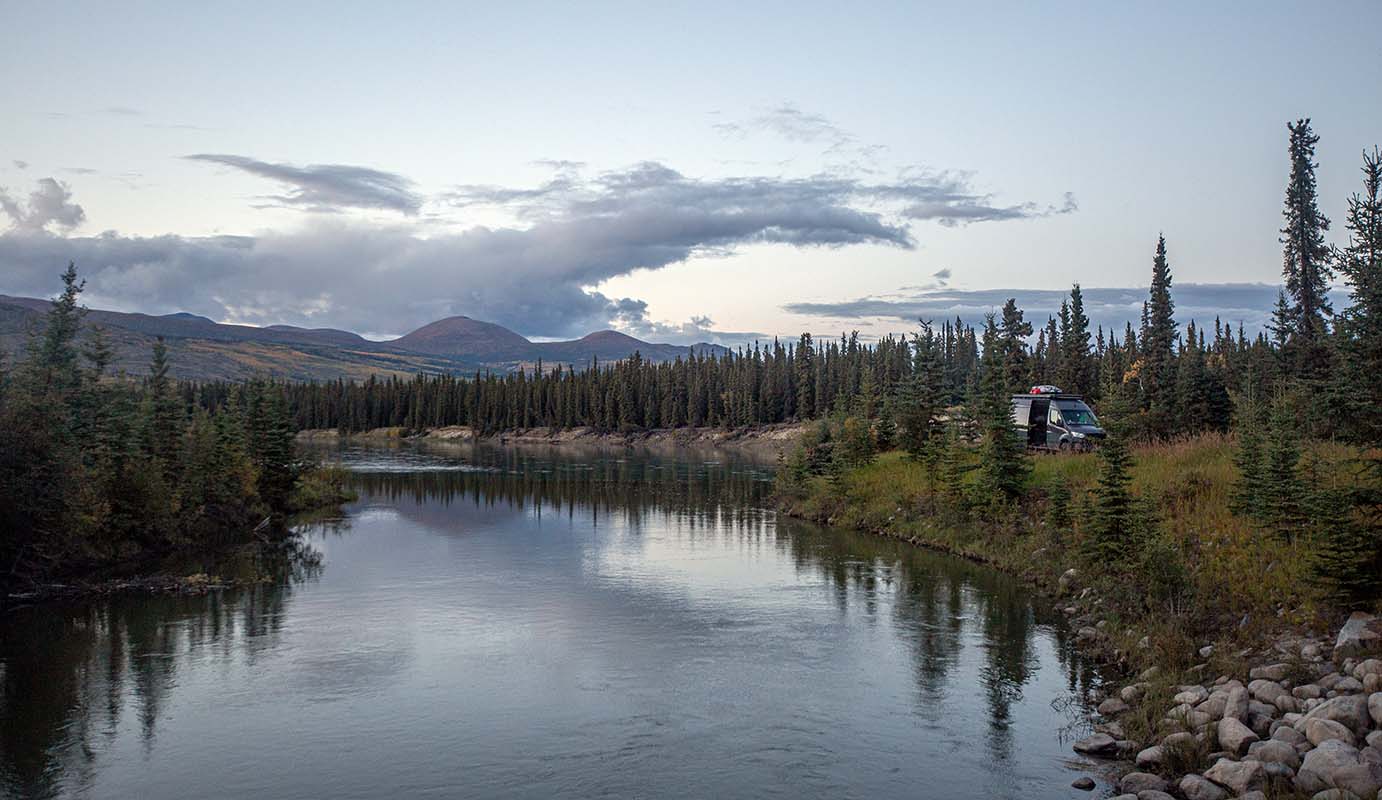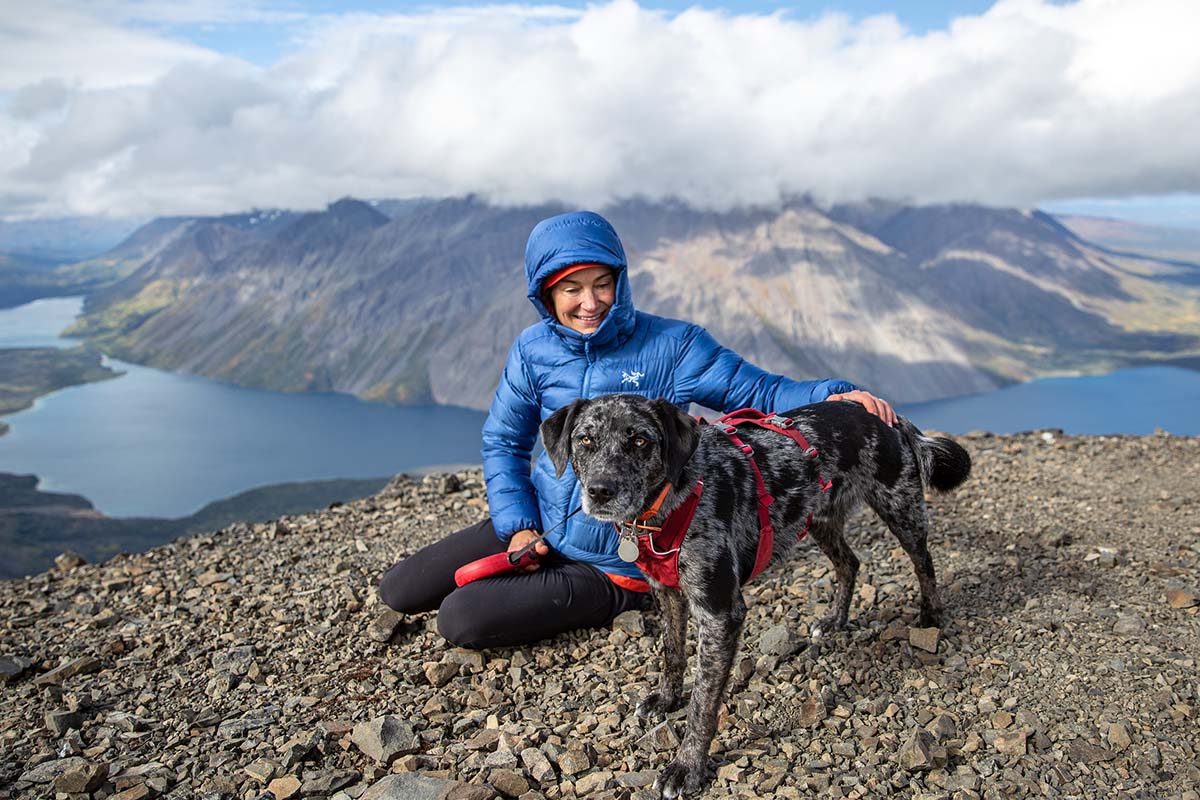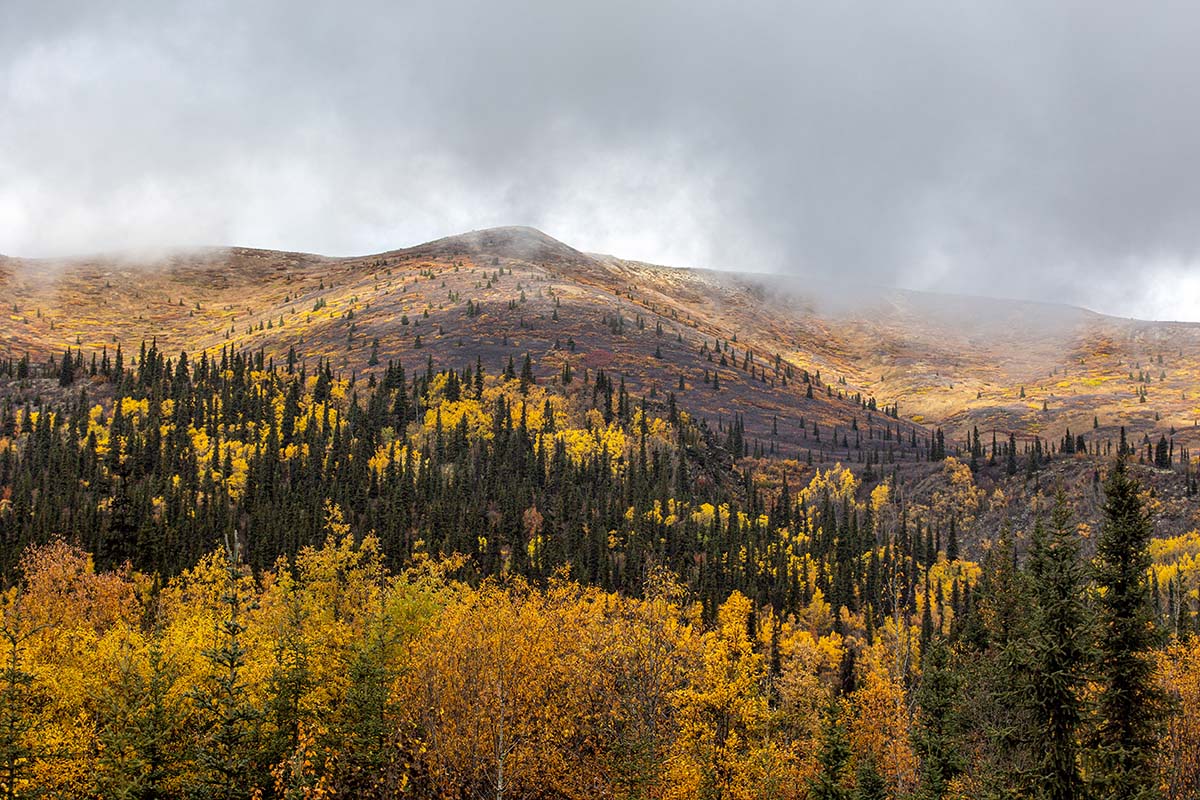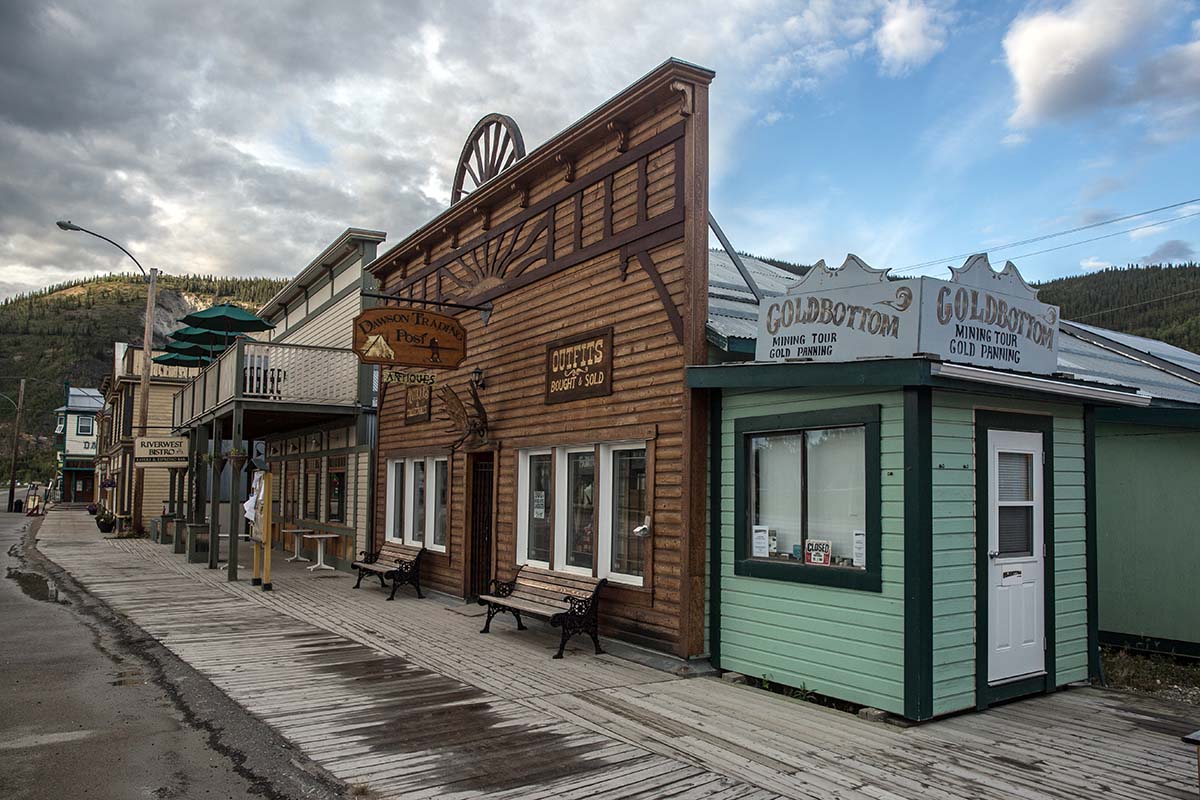

Editor's note: In the fall of 2021, our good friends and gear testers Brian and Sasha embarked on a one-year sabbatical from their careers and hit the road in their van named Rhino (with their dog named Otis). The goal: to go wherever the wind blows, with their bikes, skis, climbing gear, and running shoes in tow. The following is the second entry in a multi-part series titled "A Year on the Road."
With the Stewart-Cassiar Highway in our rearview mirror, we had finally reached the Yukon. This was our third trip to Canada’s westernmost territory in a calendar year, and we knew that it would feel incomplete without a stop in Kluane National Park and Reserve. With that in mind, we shifted our ferry reservation two days earlier than we’d originally planned, giving us five days to drive from Prince Rupert to Dawson City. Though it made for a more hectic packing process, the extra two days provided us with a buffer that allowed us to explore and enjoy the journey, as well as take the edge off with much-needed exercise breaks. 
Outside of Haines Junction (population: 613), we were relieved to find a serene spot on a calm waterway joining two lakes. The serenity changed to entertainment as we witnessed a colony of young beavers learning to build a dam. We burst into delighted laughter at the sight of the family of very busy and constantly squeaking youngsters. 
We awoke in an autumn mist the next morning that dissipated quickly and decided to shake out our legs on one of our favorite day hikes: King’s Throne. Fresh bear scat reminded us that we were in active grizzly country, so we loudly spelled words using call letters: “Bravo-Romeo-India-Alpha-November! Oscar-Tango-India-Sierra!” We hoped that the local bears appreciated our efforts that exceeded the typical “Hey, bear” calls.
This exercise kept us amused until the sweeping views of Kathleen Lake and the surrounding mountain ranges came into view. Once on the ridge, the winds were gusting so strongly that we actually worried our dog, Otis, would be swept away like a kite. Instead, he found a small patch of snow and began to roll around with reckless abandon, allaying any fears that he was uncomfortable in the frigid temperatures. Both the wind and Otis’ enthusiasm for snow would become reoccurring themes on our journey. 


We re-supplied in the capital of Whitehorse, which seemed like a mega-metropolis compared to the small communities in northern BC. Continuing north on the Klondike Highway, the boreal forest’s rich greens slowly gave way to more open plains with stunted “drunken” trees and radiantly yellow balsam poplars. As the horizon transformed into layers of yellow hills, we were suddenly firmly in autumn—exactly where we wanted to be. We took turns pointing and exclaiming as the distant hills caught the sunlight and the colors became more brilliant. 
After hours with very few signs of humans, it became obvious when we were nearing the City of Dawson. The snaking dredges—relics of the Klondike gold-rush—began to dominate the landscape. The City of Dawson is the Yukon’s second-largest settlement with 1,375 residents (Whitehorse is home to just over 25,000 people). It has a fascinating history, having served as the Yukon’s capital from the territory’s founding in 1898 until 1952. It’s hard to believe, but during its heyday, there were about 40,000 residents. Unfortunately, we had little time to explore the gold-rush town this evening and instead packed our backpacks for the upcoming three days in Tombstone Territorial Park. 
